BYU professor Michael Jones and Ph.D graduate Zann Anderson researched how human-computer interaction in the outdoors impacts recreational hiking in their HCI Outdoors study.
According to the HCI Outdoors website, the research consists of understanding how humans and computers interact in an outdoor setting.
Jones and Anderson said they started their research by printing 3D models of hiking routes through the mountains. They narrowed their topic of research to how people interact with computers during recreational hiking experiences.
“Being outdoors is something that a lot of people really enjoy,” Anderson said. “From a physical/mental standpoint, it can really renew our health, our mental vigor and make us feel better. I also think there are some spiritual benefits to it.”

The website also said the study “includes understanding the human experience of using interactive computing outdoors as well as the implementation of interactive systems for outdoor use.”
The HCI Outdoors research community explains that outdoor applications can range from recreation to work and can be used by a single hiker, a group of cyclists or even an elementary school class.
Jones recently published a book with D. Scott McCrickard and Timothy L. Stelter called “Finding Human-Computer Interaction Outdoors” about this new area of research.
“As interactive computing pushes into outdoor activities, it is not clear what the role of this technology is or should be,” the authors said. “The benefits of using technology in outdoor situations hold promise for better experiences and better reflections after the experiences.”
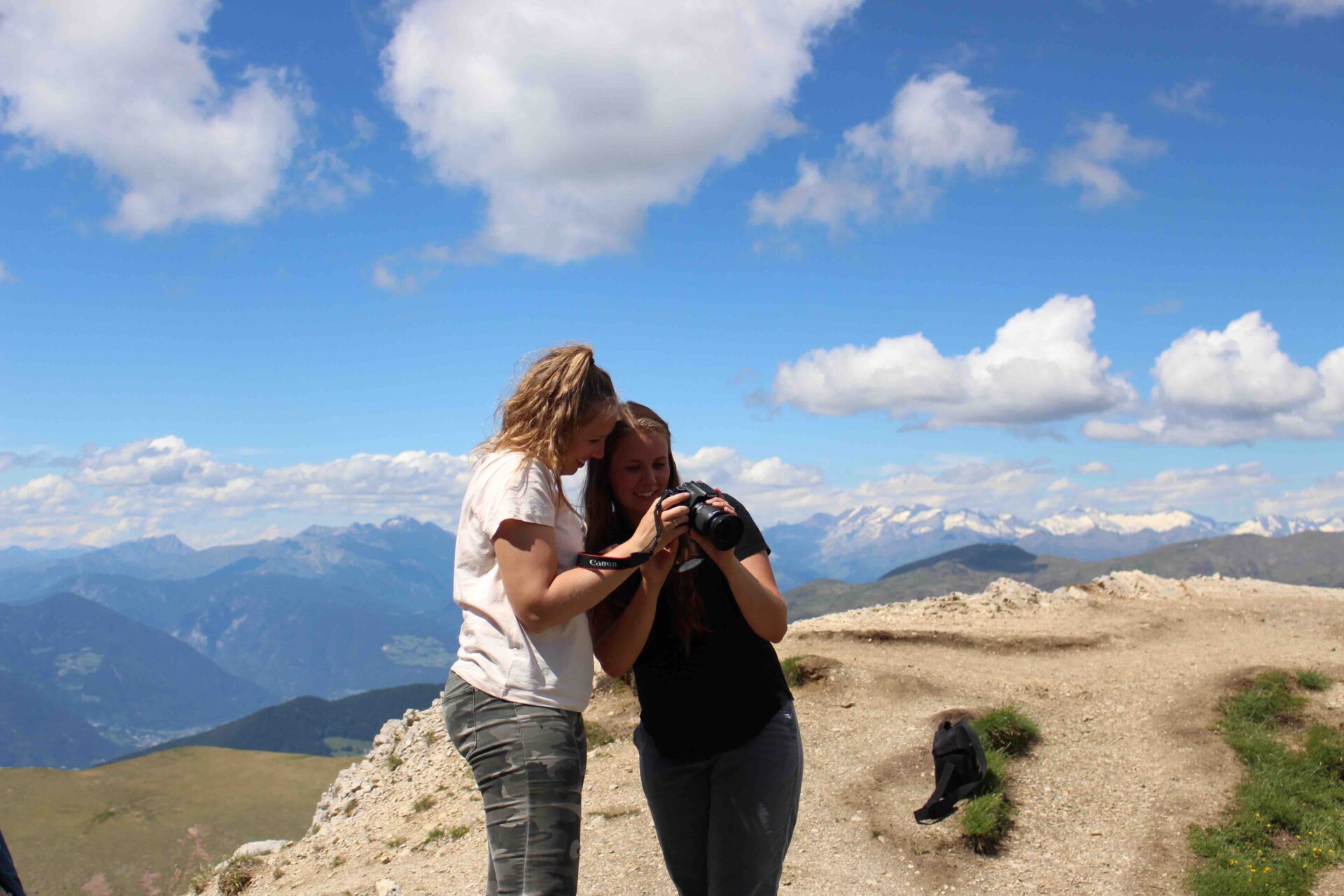
BYU student Jess Clark said she enjoys anything in the outdoors including running, hiking, long-boarding, skiing and biking.
“I love it because the sunshine makes me a happier person,” Jess said. “If I’m inside for too long, I start getting depressed. Being outside is good for everything.”
Jones said that hiking has been a popular recreational pursuit in the United States for more than a hundred years.
“In the last five to seven years, we took these small internet connected phones and made them part of the hiking experience,” Jones said. “How does that impact the hiking experience from a historical perspective? More importantly, how should that impact the hiking experience?”
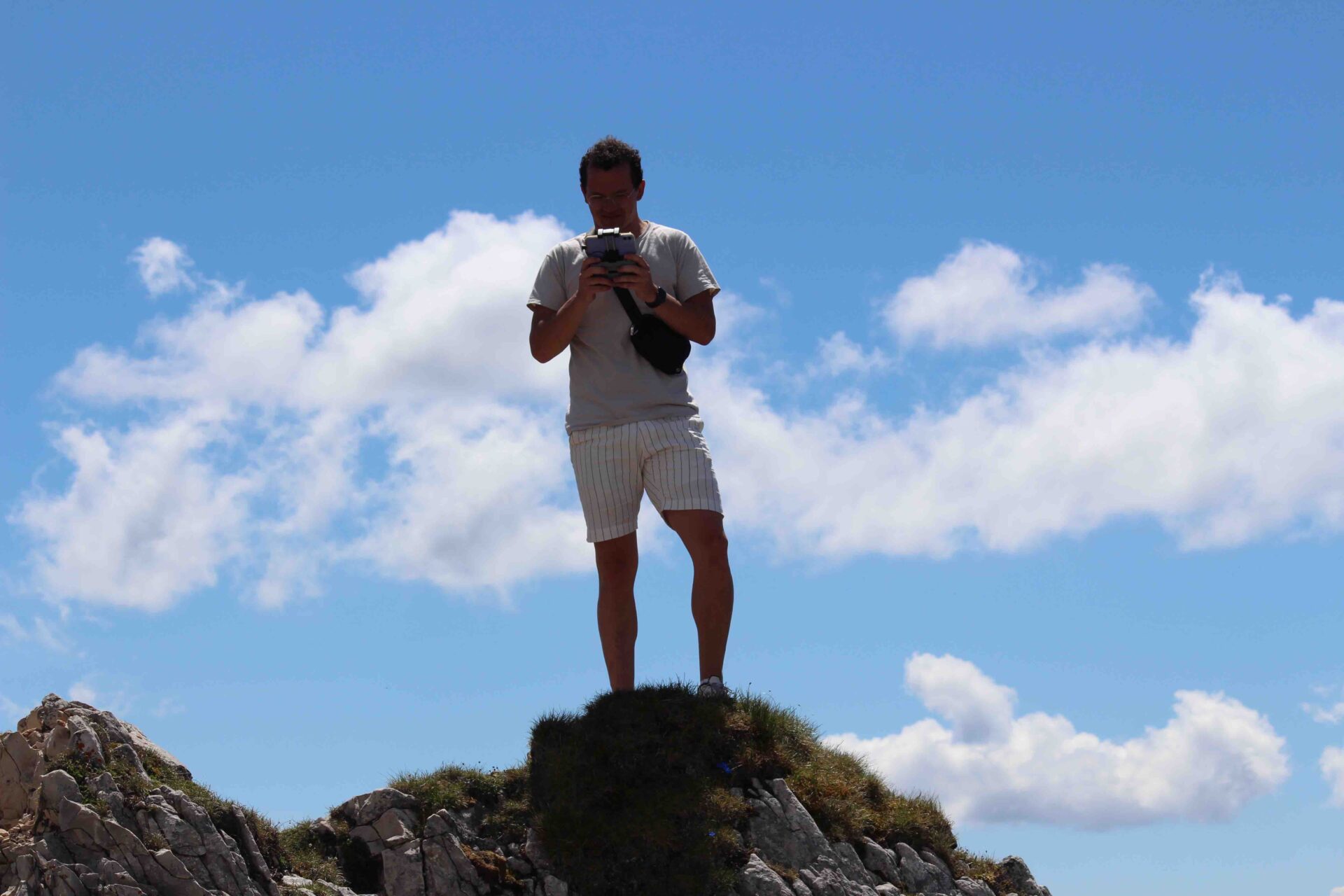
Jones said that when they started their research on interactions with computers in the outdoors, no one else was studying it in the way they had conceptualized it.
“Technology, specifically computing technology since we are talking HCI, is becoming more and more prevalent everywhere we go because we have phones with us that are essentially really powerful computers,” Anderson said.
Anderson said that they began talking about what phones are doing to the experience outdoors and how people are using them.
Jones said they conducted several different studies to discover the patterns of hikers, which helped them gather insightful behavioral information.
“Results from [the survey showed] that 95% of people said they took a phone with them hiking,” Jones said. “At the time, if you asked people why they go hiking, they would say to get away from all of it.”
Clark said she likes to use technology to enhance her experience outdoors.
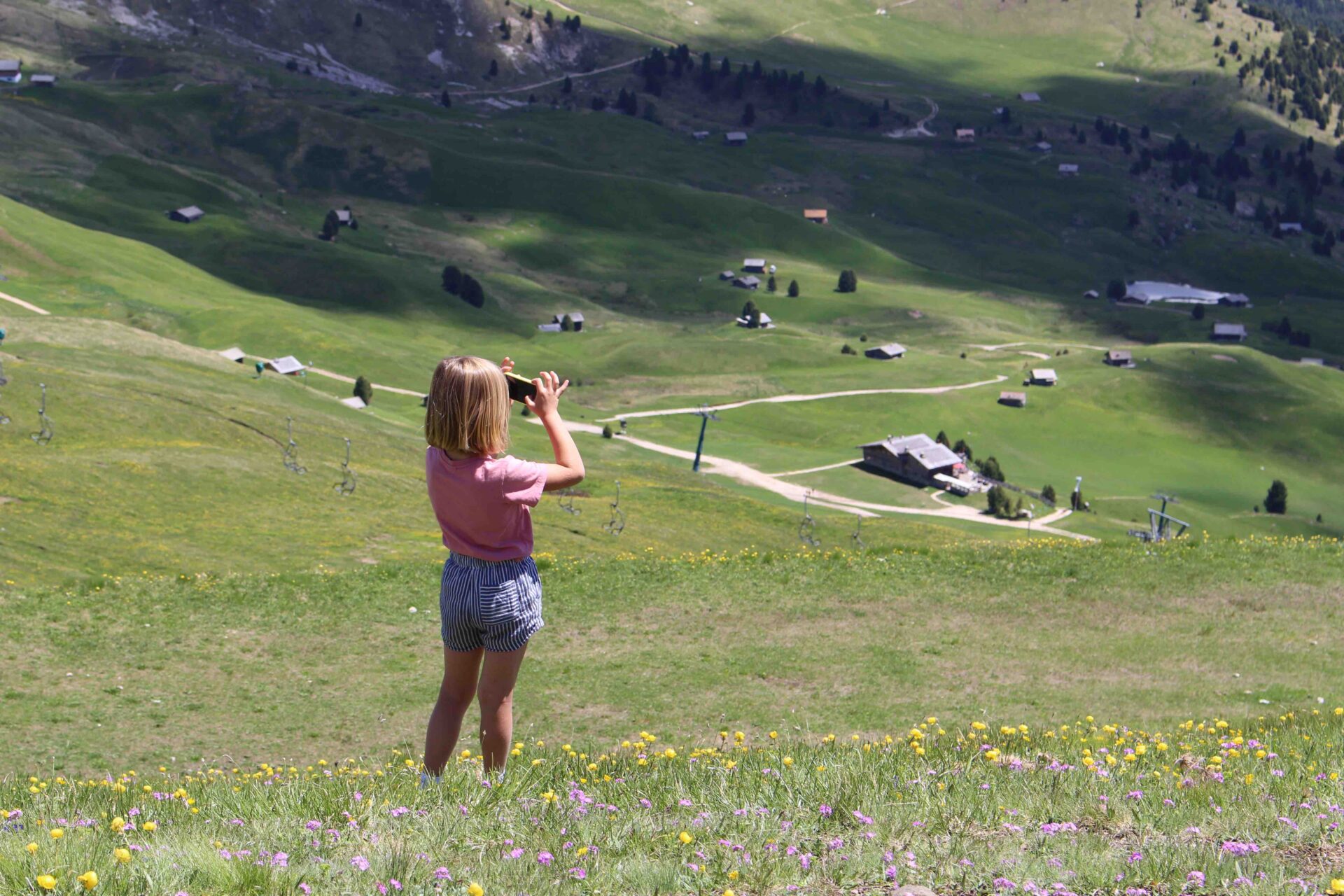
“I always have my phone,” Clark said. “If I’m hiking, then I use it for AllTrails, music, AirPods and my Garmin watch that can track my mileage.”
Anderson said that other people like to leave their technology behind to make sure they can connect with the trail and the sounds of nature.
“People know what they want and what they’re going out there for,” Anderson said. “They are already pretty conscious of the decisions that they make as it relates to whether it serves their purpose or not.”
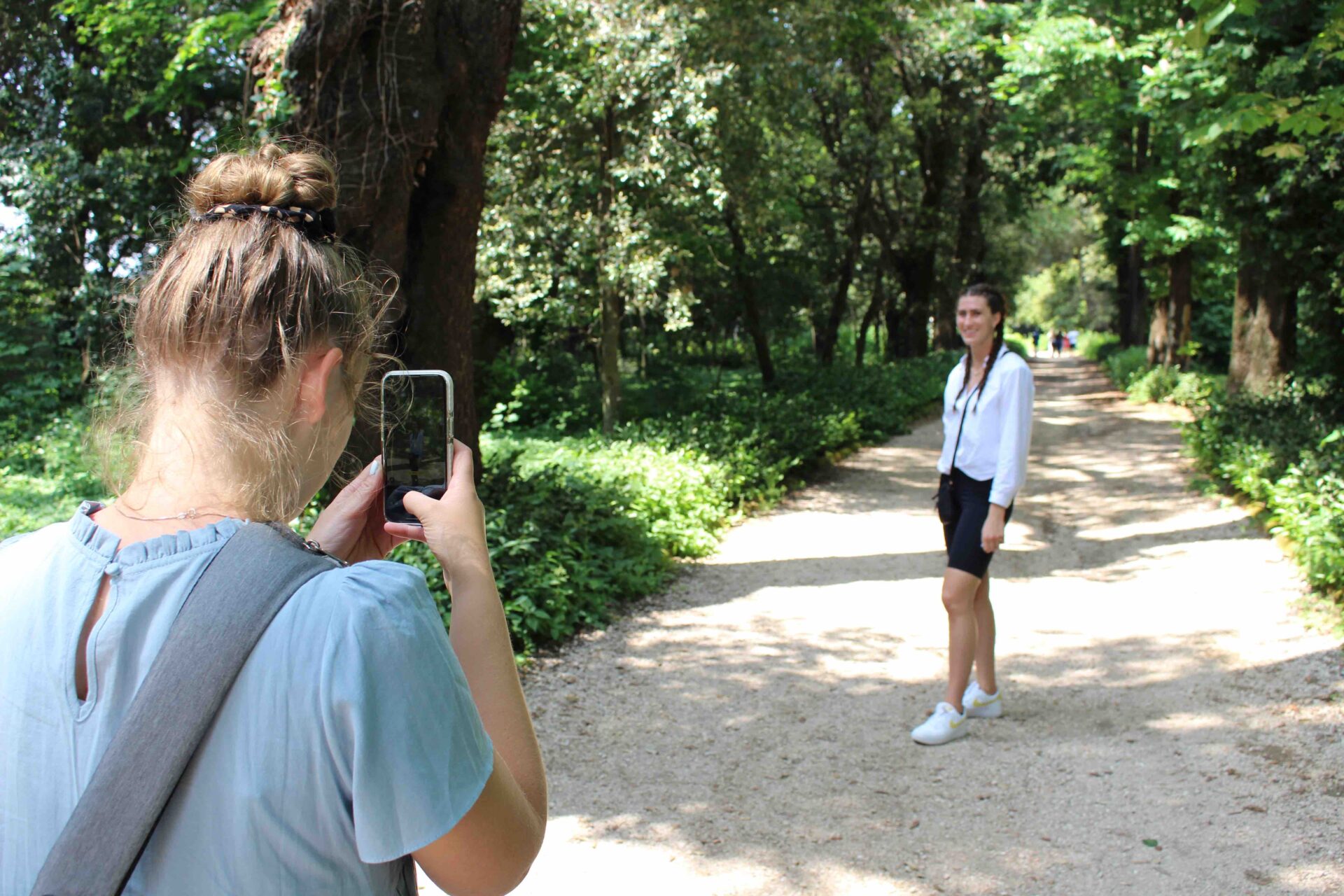
Clark said she tries to be conscious of how often she uses technology as well.
“Sometimes I try to not wear my AirPods when I run so I can be more aware of nature around me,” Clark said. “It can be really distracting, especially if people are texting me — then I’m always looking at my phone.”
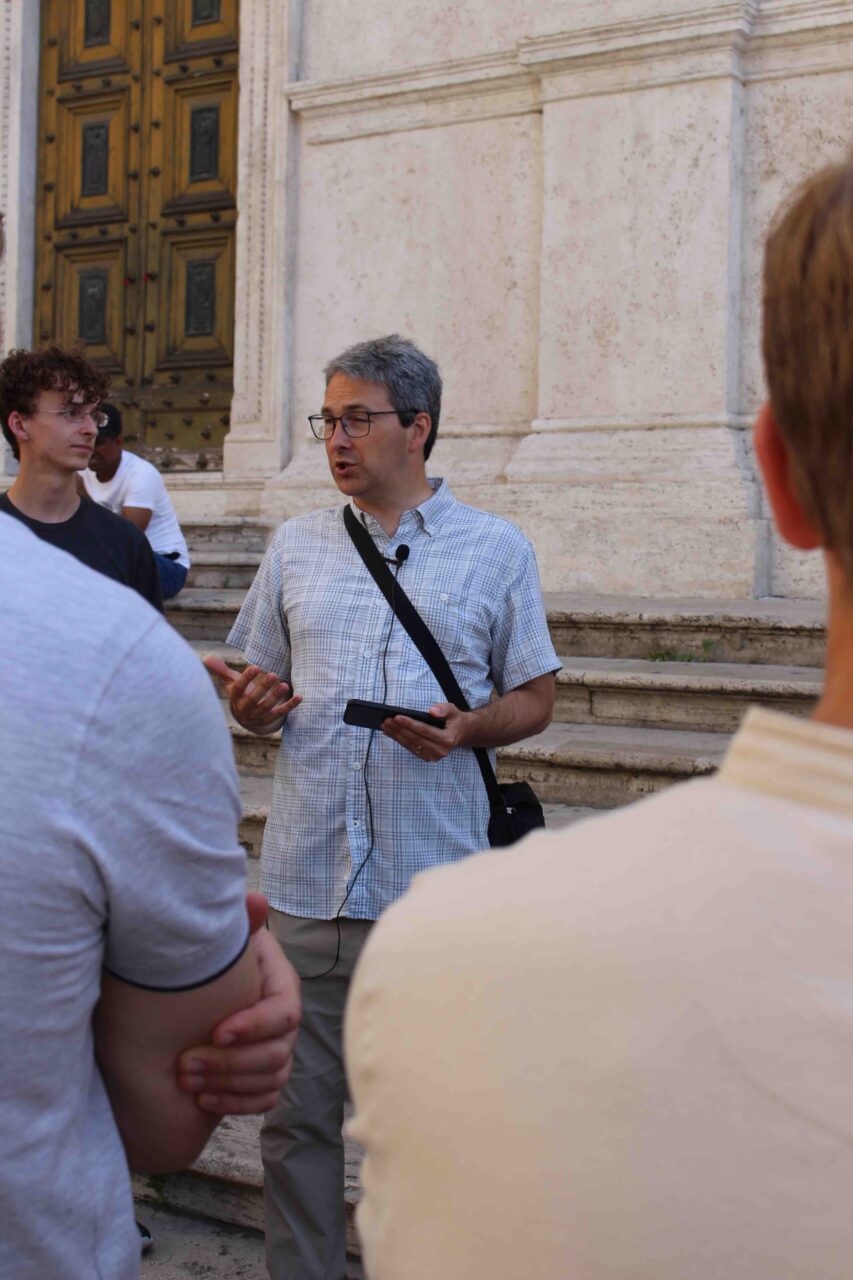
Anderson also said that, although technology can sometimes take away from the experience, people are finding creative ways to use even social media in the outdoors during long distance hikes along the Appalachian Trail.
“There is an amazing community culture around people who are on the trail for a long, long time,” Anderson said. “They’ll get to know each other on the trail [using social media].”
He said that it broadens the community and helps people connect with each other.
“They will even take things that allow them internet access when they’re camping for the night and will upload pictures or journal entries/blog posts about how it is going,” Anderson said. “You can plug in to what is going on with people on the trail at any given season.”
Jones said that for some people, using technology, for example taking pictures, is one of the main reasons they even go on a hike.
“For me, it comes back to their intent,” said Jones. “For some people, carefully capturing a video or a picture is what they meant to do — that is why they went. For them, it’s a key part of the experience.”
He also shared how overall, time outdoors is important to people, so much that many are willing to fight to protect wilderness and open areas to enjoy it.
“Psychological models show the benefits of time in nature,” Jones said. “Properties of an outdoor experience make it have psychological benefits to your ability to function in normal life.”




